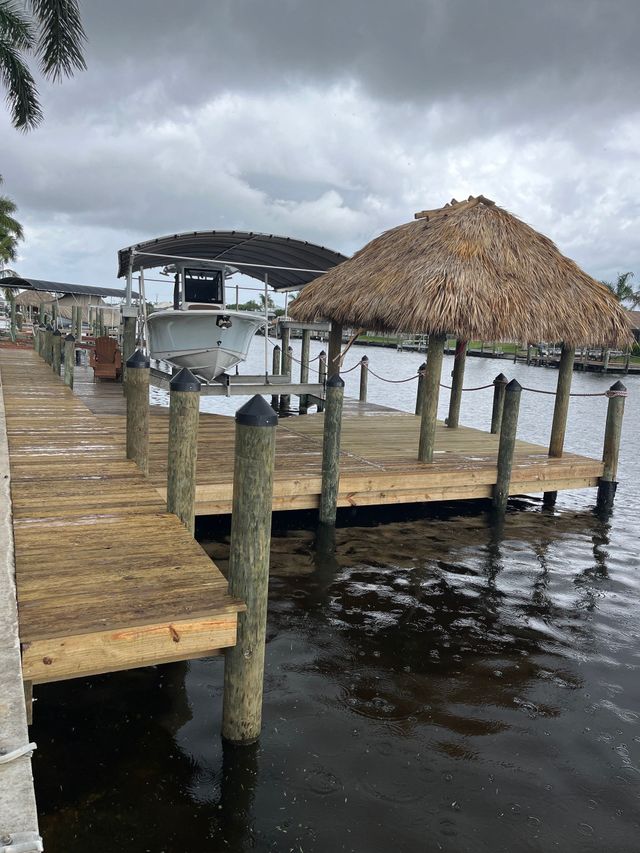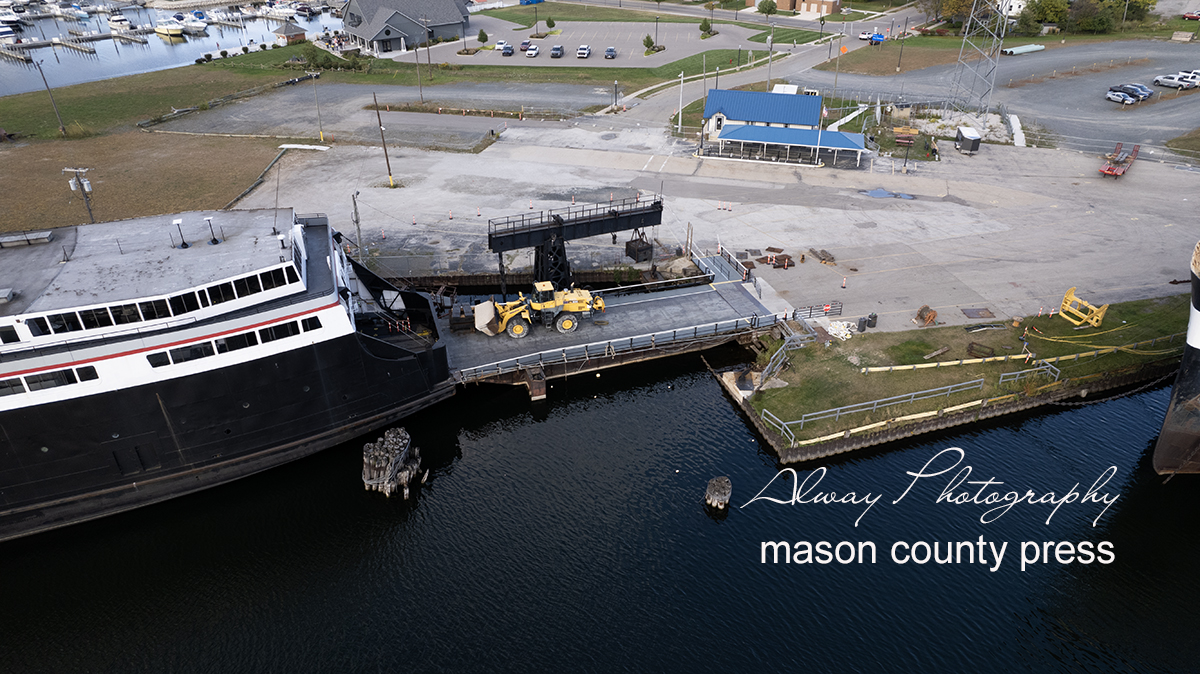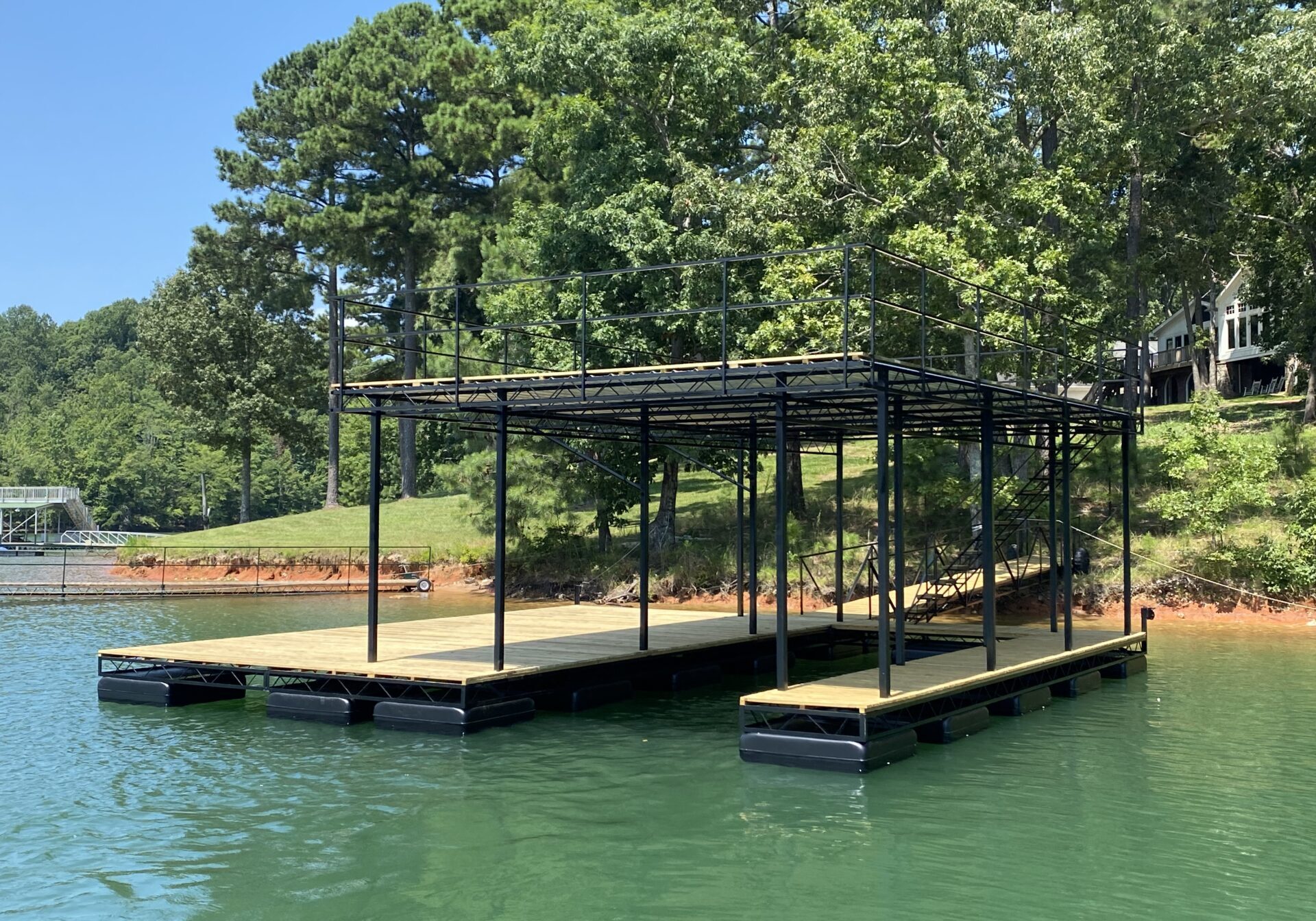DIY Tips for Simple Dock Repairs You Can Handle
DIY Tips for Simple Dock Repairs You Can Handle
Blog Article
Effective Dock Repair Work Techniques: Making Certain Structural Integrity
Ensuring the structural stability of docks with reliable repair service techniques is critical for the longevity and security of aquatic facilities. This includes a multi-faceted technique starting with detailed assessments utilizing innovative technologies like sonar equipment and from another location ran automobiles (ROVs) to identify both noticeable and hid damages. Subsequently, selecting the appropriate fixing products, such as corrosion-resistant alloys and composite products, is important for durability. Architectural support techniques, including the implementation of cross-bracing systems and load-distribution plates, play a vital duty in mitigating stress and anxiety factors. However, the significance of these strategies ends up being evident when discovering innovative repair work methods and preventative upkeep techniques.
Analyzing Dock Damage
Examining dock damages is an essential first step in guaranteeing the structural stability and security of any kind of docking center. Trick facets to examine include the dock's foundation, pilings, decking, and hardware (Dock Repairs).
Structural engineers or qualified examiners commonly execute these analyses using specialized devices and methods. As an example, underwater evaluations might employ finder tools or from another location ran automobiles (ROVs) to find immersed damage. Over water, visual evaluations are matched by using moisture meters and other analysis tools to discover underlying issues not immediately noticeable to the nude eye.

Picking Fixing Products
Choosing the suitable fixing products is an essential action in the dock repair process, one that directly affects the longevity and performance of the fixed framework. Product option have to be driven by variables such as ecological conditions, load-bearing needs, and compatibility with existing dock parts.
Along with wood, composite products are progressively popular as a result of their longevity and reduced maintenance needs. Compounds, usually made from a blend of plastic and timber fibers, offer superb resistance to rot, bugs, and UV damages. For metal anchors, selecting corrosion-resistant alloys such as galvanized steel or marine-grade aluminum is vital to stop rust and make certain structural honesty in saline water conditions.
Epoxy resins and marine-grade sealers are essential for fixing cracks and sealing joints, giving a waterproof barrier and boosting the dock's overall stamina. By diligently selecting top quality materials, dock repair services can attain long-lasting results, consequently guarding against future deterioration and making certain safe, reputable usage.
Structural Reinforcement Techniques
Reliable architectural support techniques are vital in making certain the security and longevity of dock repairs. One essential approach involves the use of steel or composite reinforcement bars (rebar) within concrete structures. Rebar supplies added tensile stamina, avoiding fractures and distributing loads much more uniformly. This method is specifically effective for anchors exposed to heavy tons or harsh ecological conditions.
An additional necessary method is the application of fiber-reinforced polymers (FRP) These materials offer high strength-to-weight proportions and superb resistance to rust, making them optimal for strengthening websites wooden or concrete anchors. FRP can be applied in strips or sheets and bonded with epoxy materials to boost structural integrity.
Bracing and securing systems likewise play a crucial duty in structural reinforcement. Cross-bracing, using steel or wooden beams, can neutralize side forces, reducing guiding and movement. Anchoring systems, such as helical piers or driven stacks, offer a stable structure by transferring lots to deeper, more secure dirt layers.
Last but not least, the assimilation of load-distribution plates can assist distribute weight extra evenly throughout the dock's surface, mitigating local stress factors. These techniques jointly make sure that docks continue to be risk-free and durable, with the ability of enduring the roughness of their functional environment.
Advanced Fixing Methods

An additional innovative technique includes undersea welding, which permits for fixings to be performed without the demand to dewater the location. This approach is specifically useful for addressing structural issues in submerged dock parts, making sure very little disruption to operations. Enhanced welding techniques, coupled with robotic systems, deliver precision and reliability, thereby prolonging the life expectancy of the dock.
Additionally, cathodic protection systems are implemented to avoid deterioration in metal dock frameworks. By utilizing sacrificial anodes or amazed current systems, these techniques effectively mitigate the electrochemical procedures that lead to product deterioration.
Lastly, progressed tracking technologies, such as architectural wellness tracking (SHM) systems, provide real-time information on the problem of dock structures. These systems make it possible for positive maintenance and timely treatments, eventually guaranteeing the long-term architectural stability of the dock.
Maintenance and Prevention
Upkeep and prevention are basic ideas that underpin the longevity and safety and security of dock structures. Normal assessments are critical, enabling very early detection of damage, prospective weaknesses, and ecological impacts. An aggressive technique, entailing routine look for rust, rot, and architectural shifts, minimizes expensive repairs and extends the dock's operational life.
Safety nets should consist of using protective coatings to steel parts to defend against corrosion and using treated timber to resist decay. In addition, ensuring appropriate water drainage and air flow can stop water buildup, which is a common root you can look here cause of architectural degradation. Integrating quality materials and adhering to supplier guidelines during building and construction and repair stages additionally play essential functions in boosting resilience.

Training personnel in dock upkeep ideal techniques ensures consistent application of safety nets. Leveraging technical developments, such as drones for evaluations and sensors for real-time monitoring, can better boost upkeep efforts. By prioritizing maintenance and avoidance, dock proprietors can make sure structural stability, functional safety, and cost-efficient management over the dock's life-span.
Final Thought
In conclusion, preserving the architectural integrity of aquatic centers necessitates why not try these out extensive dock fixing strategies. Advanced repair work methods, paired with regular maintenance methods, make certain the dock remains risk-free and operational under diverse environmental problems.
Making certain the architectural integrity of docks through efficient repair service strategies is extremely important for the longevity and security of marine facilities.Choosing the proper repair work materials is a critical step in the dock repair procedure, one that straight influences the durability and efficiency of the repaired structure.Efficient structural reinforcement techniques are critical in guaranteeing the stability and longevity of dock repairs. By focusing on upkeep and avoidance, dock owners can guarantee structural integrity, functional safety and security, and economical administration over the dock's life expectancy.
In final thought, maintaining the structural honesty of aquatic facilities necessitates comprehensive dock fixing strategies.
Report this page